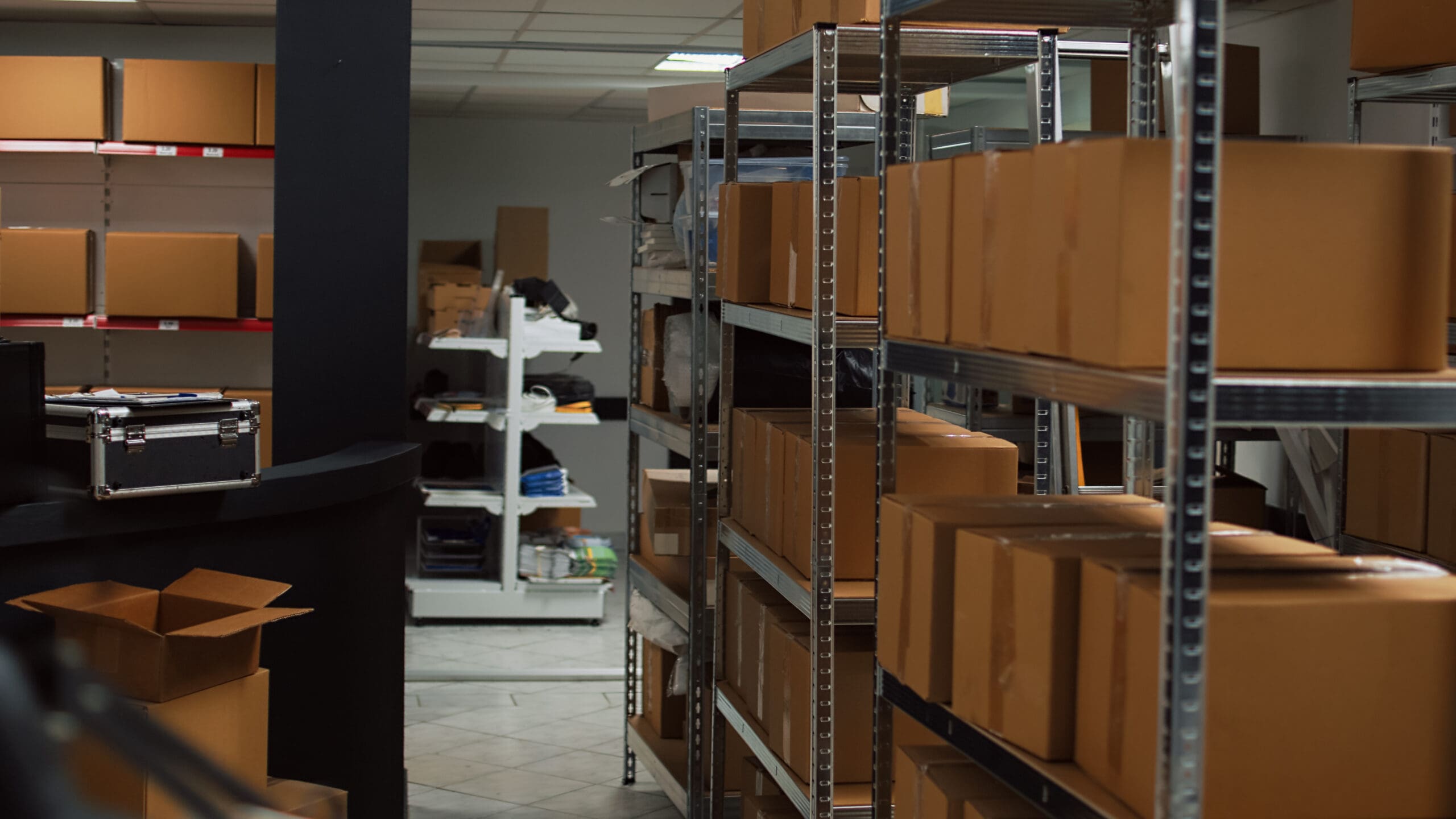Inventory financing is an alternative financing product that helps businesses buy the stock that they need to meet consumer demand.
Ask any business owner and they would tell you that two of the biggest issues that product-oriented businesses face are sustaining healthy cash flow and maintaining optimal inventory levels. While it’s true that there are better and more flexible financing options out there, the main advantage of inventory financing is that it’s easier to acquire.
In this article, we will walk you through the ins and outs of inventory financing as well as the various factors to consider when choosing an inventory financing product. But before anything else, let’s go back to basics – what exactly is inventory financing?
What is inventory financing?
Inventory financing is a form of asset-based lending that enables businesses to use their inventory as collateral and receive either a term loan or a line of credit. Businesses that are currently experiencing poor cash flow can obtain extra cash through inventory financing and cover their inventory purchases without having to reallocate costs from other areas of the business.
Keep in mind, however, that inventory financing loans will use your inventory as collateral. To be able to qualify for an inventory financing loan, it’s standard procedure for a financial institution to appraise your inventory to determine the terms of your loan.
How does inventory financing work?
When it comes to inventory financing, it’s important to bear in mind that your lender will only finance a portion of your inventory’s appraised value. Essentially, the loan you acquire will depend on the loan-to-value (LTV) ratio set by your prospective lender.
As an asset-based loan, an inventory loan’s LTV is calculated by dividing the amount borrowed by the appraised value of the asset being put up as collateral. As a rule of thumb, most inventory lending transactions have an LTV of 50% to 80%. For instance, if the appraised value of your asset is worth $100,000, chances are you would only be eligible to borrow a loan amount of at least $50,000.
Does my business qualify for inventory financing?
Businesses that are expanding and experiencing a spike in demand should consider an inventory financing loan as an alternative financing solution to their funding issues. While it’s true that inventory loans might not be the cheapest financing option out there, it’s one of the easiest financing products to secure. Like other business loans, the requirements for an inventory financing loan vary from one lender to another. If you’re seriously considering an inventory financing loan for your small business, then there are a few things to keep in mind:
- If your business experiences low inventory turnover, lenders may see this as a reason not to approve your loan application.
- Your business must be operational for at least one year before you can acquire an inventory financing loan.
- You must be willing to provide the necessary financial documents to prove that your business is profitable.
- Inventory financing is often seen as a riskier type of loan to lenders so don’t be surprised if you encounter high interest rates.
- In inventory lending, businesses must be willing to put up their inventory purchases as collateral.
- Lastly, your business must undergo a due diligence process that involves an examination of your financial statements and an appraisal of your inventory.
- Pro tip: To increase the chances of getting approved for a loan, speak with your prospective lender directly to determine what their prerequisites are.
What is the importance of inventory financing?
Whether it’s because of poor credit history or low cash flow, it’s a known fact that small businesses find it difficult to secure business loans. With inventory financing, small businesses have another financing product to access if they can’t get approved for a bank loan.
Inventory financing is a great way to secure additional working capital for inventory purchases. It provides businesses with a plethora of benefits from funding busy seasons to seizing significant business opportunities. Perhaps one of the most significant advantages of inventory funding is that it’s available for smaller businesses that may not be able to access other more traditional types of funding.
What are the different types of inventory financing?
What makes an inventory loan attractive to businesses is the accessibility it offers. Typically, lenders provide businesses with two main types of inventory financing: term loans and lines of credit. An inventory loan is widely regarded as a short-term loan that businesses use to keep their shelves stocked during periods of low cash flow. Like regular term loans, inventory term loans come in the form of an upfront payment that businesses pay with interest.
On the other hand, an inventory line of credit is often used by businesses to purchase inventory as needed. Unlike term loans, lines of credit provide a revolving line that businesses can draw cash from as they see fit. Both types of inventory financing business loans help small to medium-sized businesses provide a greater customer experience by keeping their most popular items in stock during peak shopping seasons.
Are there alternatives to inventory financing?
Poor cash flow and insufficient capital are two of the biggest roadblocks that business owners face when running a business. Depending on your qualifications and the type of business you have, you may be eligible for other types of financing that may provide better value when it comes to your current financial requirements. Let’s check out some of the most popular alternatives to inventory financing.
- Vendor inventory financing – Vendor inventory financing, also known as trade credit, is a common funding arrangement that enables businesses to acquire a loan directly from a vendor which could then be used to buy a vendor’s products. The only downside to this type of financing is that it may only be available for businesses that have established a solid business relationship with their vendors.
- Merchant cash advance – A merchant cash advance is a funding solution that involves lenders providing cash advances to businesses in exchange for an agreed-upon percentage of future sales. The advanced amount, payment terms, and interest rates are typically agreed upon by the borrower and the lender before a contract is drawn up.
- Crowdfunding – Crowdfunding is a relatively new method of raising capital to finance projects and business ideas. A crowdfunding campaign involves businesses asking a large pool of investors to donate money through a third-party crowdfunding platform. Crowdfunding campaigns allow businesses to tap into a wider investor pool and enjoy a more flexible way to raise the necessary funding they need to keep their operations going.
How can Kickfurther help my business?
If you have exhausted other ways to secure additional financing, check out Kickfurther. We’re an alternative funding option for businesses to raise the necessary working capital to be used for inventory purchases. It is an online inventory financing platform that connects brands to a community of eager buyers who help fund a business’ inventory on consignment. In return, individual backers earn cash when a business successfully sells their inventory.
This option alleviates the cash-flow pinch that lenders can cause without customized repayment schedules – allowing businesses to scale quickly without compromising inventory purchases.
Final Thoughts: Which inventory financing option is right for my business?
While it’s true that comparing your inventory financing options can be a tedious process, it’s important to understand that loan programs differ from one lender to another. Some loan products may also fit your business better than others. Make sure to choose a financing option that not only offers competitive interest rates but also aids you in making your business more sustainable in the long run.









